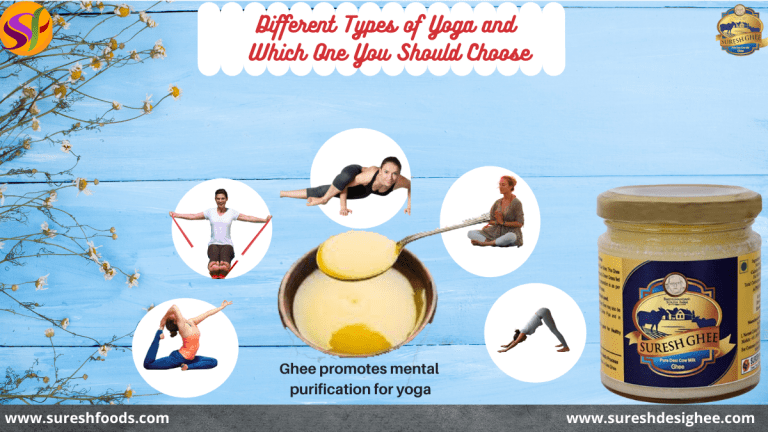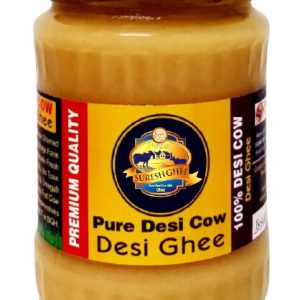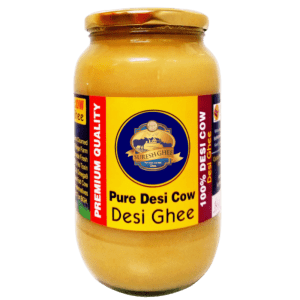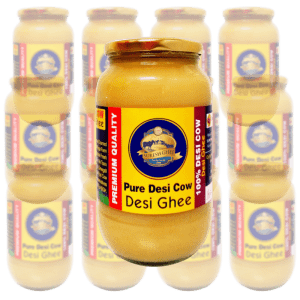The advantages of yoga are both physical and spiritual. Today, yoga is recognized as a means to healthy and natural living. Different types of yoga accomplished all over the world concentrate basically on promoting inner well-being and physical health.
You can exercise different types of yoga in the comfort of your home and experience all its benefits. The crucial part about yoga is that you require just a mat and 30 minutes every day to get initiated on this path.
These days, versatile types of yoga are useful as a therapeutic practice to cure physical and mental issues. Yoga is not limited to a significant religion or community.
If you search online, you can get answers that there are various types of yoga for significant health issues which are popular as ‘Therapy Yoga’. To get aware of which types of yoga is best adapted according to your ability and frame of mind, here’s your one-stop guide to the different types of Yoga:
Hatha Yoga
The Sanskrit term Hatha can be separated into two ways: ‘Ha’ means the sun, in all its honour, and ‘tha’ indicates the moon, with all of its enchantment. Practising hatha yoga aims to combine these opposite pressures of nature to attain equilibrium.
The word hatha monsoon refers to a focal spike of force. Beginners must start their practice with Hatha Yoga when they start moving into the world of Yoga.
Hatha Yoga is an umbrella term that includes all the physical yoga poses and a few inhaling, exhaling exercises that actuate minor/major discrepancies in bodily materialization.
They are proficient slowly with the pose enduring more or less static. This type of Yoga is the most eminent type and is trained on a large scale. Yoga classification for beginners uses this type as it is slower, swift, and simple to follow.
Read More : WHY DOES DESI COW GHEE IS THE MOST NUTRITIOUS CHOICE
Iyengar Yoga
This form of Yoga is highly effective and cultivated in nature. It includes practising several Yoga poses while stimulating your breath. Iyengar yoga becomes elementary to play by the use of various props that ease the practice security and are more supportive.
However, this form of yoga does not promote you to bite more than you can munch. The pro[perties of Iyengar Yoga instruct the practitioners to conduct the practices within the shortcomings of their bodily boundaries and not strive much.
Effective practice of this kind of yoga will be useful to attain perfect stability among your mind, body, and soul. It might not be a very efficient cardiovascular result but it is very essential to build stamina and flexibility.
Kundalini Yoga
If you are looking to gain a deep perception of spiritual and physical comfort, Kundalini Yoga is your response since it is a combination of three different subtypes of Yoga types, Yoga of devotion, Raja Yoga i.s yoga for mental control, and yoga for Power and Energy.
Kundalini yoga is popular to rescue the Kundalini potency that is an inoperative form of feminine zest that is confined or coiled in the lower portion of your spine.
Yoga poses that come under this sort contain intense, fast-movement exercises and work efficiently on your core as they are revitalized and control your breath.
These practices are depicted to generate complete body acknowledgement and help make you be able to maintain the consequent energy that will be delivered post-exercise. A typical Kundalini Yoga class can be super beneficial with constant mantra and deep meditation.
Ashtanga yoga
The word Ashtanga simply means “Eight Limb Path’ and includes a genre of physically difficult and tough Yoga postures. This type of Yoga, most significantly, cannot be performed by beginners and is commonly done by expert Yogis.
The basic motto of Ashtanga Yoga is the detoxification of the mind and body. Regular practice will promote strength, flexibility, balance stress, and support inner peace. Considering its intense nature, regular practice will help gain strength within no time.
It includes 10 sun obeisance followed by standing and floor postures. It is the facing of Iyengar Yoga that forces you only to the level to which you can be swept because Ashtanga yoga accentuates getting the flawless pose no matter what and is thus, not applicable for people with fatigued joints and stamina.
This practice emerges from a strong sense of goal and helps you concentrate on your emotional and intellectual development.
Vinyasa Yoga
The word Vinyasa indicates the place in a special performance and Vinyasa yoga is the most athletic type of Yoga. It is the typical activity between yoga postures accompanied by stimulated inhale-exhaling.
Yoga is explicated as a guided, physical activity and is all about how mindful you are of the resolution and activity you make. A ‘flowing’ path is generally induced in Vinyasa Yoga. Here, a movement is matched with your breathing rhythms.
For example, a normal Vinyasa exercise would include your instructor coordinating you to breathe by raising your hands in the air. This would be followed by exhaling and putting your hands back to the original posture.
Research signifies that stress tends to be a significant contributing aspect to conditions that are inflammatory bowel disease and irritable bowel syndrome. A study showcases that stress-induced transformations in neuro-endocrine-immune pathways influence the gut-brain axis and microbiota-gut-brain axis, resulting in symptom flare-ups or exacerbation in irritable bowel syndrome (IBS). Provided that IBS is a stress-sensitive disorder, efficient treatment should prioritize the management of stress and stress-induced responses.
Padahastasana (Standing Forward Bend Pose)
The Padahastasana yoga pose proves highly impactful in encouraging improved digestion. By stretching and massaging the stomach muscles, such poses strengthen the digestive system. Furthermore, it supports in regulating blood flow throughout the body, thereby minimizing the risk of irritable bowel syndromes. To execute such pose:
- Make sure to stand upright onto the yoga mat along with both legs together.
- Try to straighten your back and inhale deeply. The moment you exhale, gently bend forward, directing your gaze toward the ground.
- Elevate both arms and firmly place both palms on the ground, assuring the knees remain straight.
- Inhale and exhale deeply while maintaining such a position. Relax the body and hold the pose for 10 to 15 seconds.
- Return to the initial position and repeat the exercise as required.
Ghee’s role in yoga
Both Yoga and Ayurveda have essence going back over 5,000 years. But how admissible is their wisdom in the 21st Century? Ayurvedic and yogic facts encourage endless testimonials to the use of ghee but very little vitality has been promised to a modern perspective.
Ghee is being considered guilty for India’s health myths such as increased levels of obesity, cardiovascular disease, and diabetes.
It entirely depends on the intake amount. It is widely being restored with ‘healthier vegetable fats. But my dissertation on whether ghee’s place at the heart of Ayurveda and yoga are justified significantly in this article.
How does ghee promote mental purification?
Yogic postures such as pranayama, hatha yoga (asanas), mudras (hand gestures), bandhas (energy locks), meditation, brahmacharya (abstinence), and ahimsa (non-violence) all cause the conception of physical passion in the body.
This is more than somatic heat as it is a pranic, mental, or body heat, telepathic in nature. It is also called ‘tapas’(to burn, create heat, or create energy). Just as ghee is endorsed in holy yagnas due to its impact on rebelling the fire, Yogis use ghee to elevate refining the heat in both body and soul.
Just as a burnt seed becomes incapable of recreating, when the mind is whole pure it becomes incapable of producing more transamination, and delivering takes place.
Ghee is useful in pranayama to calm the mental health leading from physical burning sensations. Yoga pandits of pranayama are recommended to have warm milk and ghee regularly by Swami Sivananda in his book ‘Science of Pranayama’.
Ghee is golden nectar for the yogi on many stages, as a food, brain tonic, and to aid pranayama and Yogic detoxification techniques.
It acts on all three bodies achieved by Yoga philosophy: the physical system, gear up of food, through nourishment, elevating digestive fire (Agni) and preventing; the resembled body, prepare with the vital, mental, and intellectual sheaves, through the cleansing intellect; and through its impact of high psychic heat, it also performs subtly on the normal body of the bliss sheath.
However, ghee and milk should only be intake in moderation as both have the prospects to aggravate Kapha. Even the purest foods are diminishing if taken in high quantities.
Read More : Ayurveda and the Golden Goodness of Ghee
Conclusion
Ghee’s influence in yoga is evaluated by substantial testimonials in the customs yogic food charts, cleansing practices, and sacred customs. Ghee is itself sacred, being the ethos of the sacred cow, and in its effect of increasing heat.
Many traditions explained in the Vedas would be incomplete without them. So along with practising Yoga types, one should choose desi pure cow ghee in your diet. Always prefer ghee made by the traditional Vedic method. To buy a jar of pure desi cow ghee online do visit: https://sureshfoods.com.







 WhatsApp us
WhatsApp us
Naveen m...